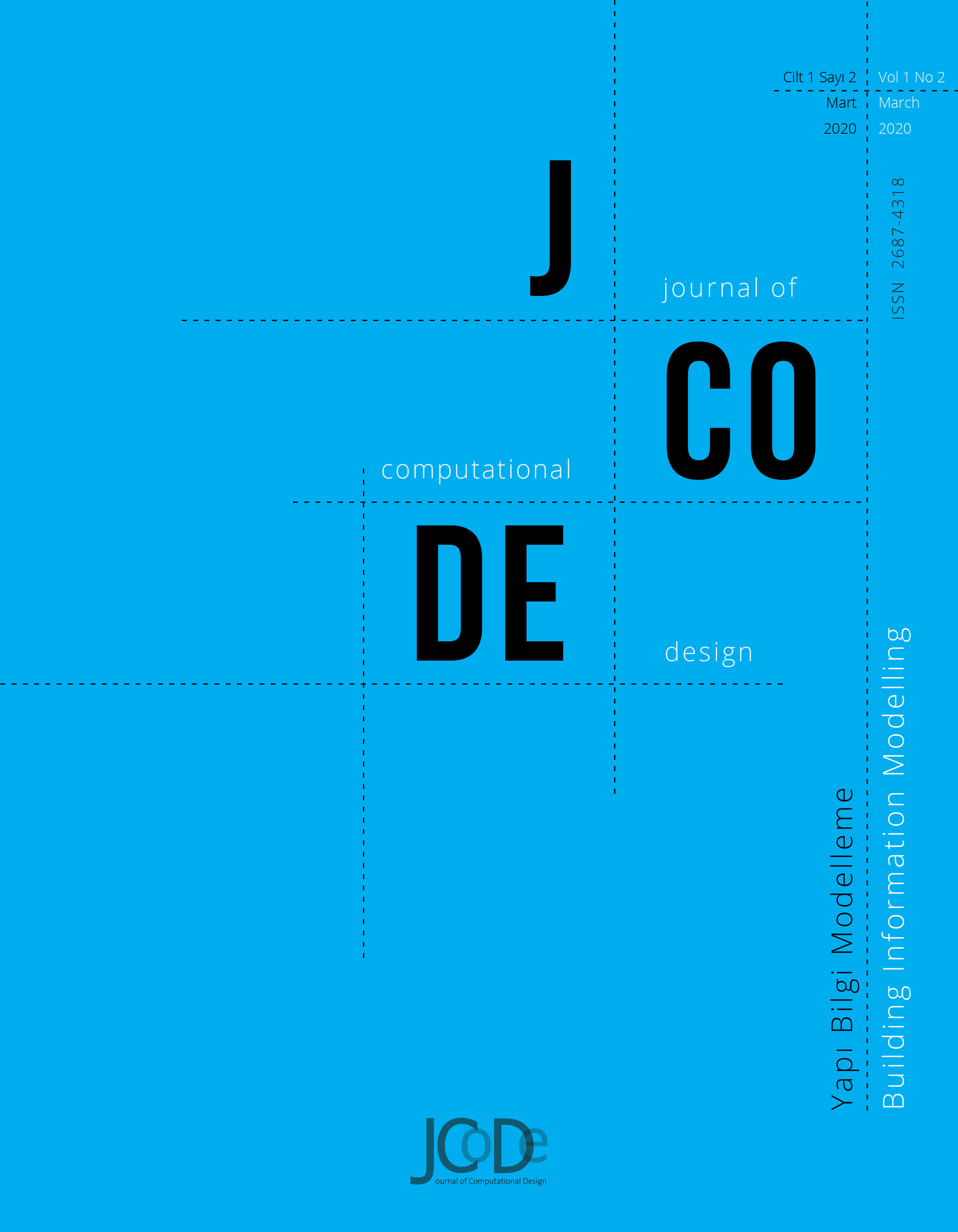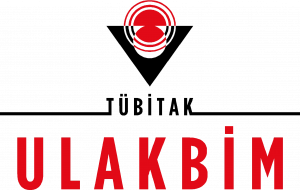Cover
1. Cover
Page I
Editorial
2. Building Information Modelling
Gülen Çağdaş, Ethem Gürer, Sema Alaçam
Page V
Research Articles
3. Evaluation Of Decision Making Processes In The Early Design Stage With Building Information Modeling In The Context Of Sustainability
Ömer Halil Çavuşoğlu, Gülen Çağdaş
Pages 1-26
Çavuşoğlu, Ö. H. & Çağdaş, G. (2020). Evaluation of Decision-Making Processes in the Early Design Stage with Building Information Modeling in the Context of Sustainability. JCoDe: Journal of Computational Design, 1(2), 1-26.
https://dergipark.org.tr/tr/pub/jcode/issue/53480/703309
Abstract
Starting with the Industrial Revolution, there has been a change and development in world history at an unprecedented speed. As a result of the developments in the last fifty years, the emerging needs and the solutions implemented; global warming problem affecting the world globally, significant climate changes, ozone depletion, the danger of depletion of underground resources, increased energy consumption, and environmental pollution have emerged. Researches show that this situation is directly related to the field of architecture and particularly architectural design. To overcome this situation, new architectural design tools and approaches started to be developed. In this context, design tools for massing have been developed for Building Information Modeling environments and the conceptual analysis and simulations have been provided. Thus, the designers have been offered the environment to test their designs with certain conceptual and presumptive inputs and to evaluate their work in the context of sustainability even at the early design stage.
From this perspective, the primary aim of this study is to examine the impact of new design tools presented by Building Information Modeling environments on early design decisions in the context of sustainability and to examine the findings. The research questions identified to achieve this aim are as follows:
o What intensity of physical and cognitive design actions occur in protocol studies?
o Is it possible to identify any similarities or differences in the context of the distribution of design actions the participants have undertaken within the scope of these working processes?
o How do feedbacks provided by the Building Information Modeling environment contribute to or influence early design decisions?
Keywords: BIM, Building Information Modeling, Sustainability, Decision making in design, Protocol Analysis.
4. Electronic Procurement Systems and Building Information Modeling Integration in Construction Sector: A Case Study
Ayşen Saraç Çıracıoğlu, Hakan Yaman
Pages 27-40
Çıracıoğlu, A. S., Yaman, H. (2020). Electronic Procurement Systems and Building Information Modeling Integration in Construction Sector: A Case Study. JCoDe: Journal of Computational Design, 1(2), 27- 40.
https://dergipark.org.tr/tr/pub/jcode/issue/53480/695172
ABSTRACT
With the help of the rapid developments of information and communication technologies, construction sector has made a great progress in the last decade. Procurement terms which are one of the important components of the construction, were also affected by the improvements on the field of the information and communication technologies; electronic medium has become an environment for procurement process. Although electronic medium has been able to be used for procurement terms since 2000’s, in contrast with the other sectors that use e-procurement terms, the utilization of it in the construction sector has fallen behind.
In this paper Building Information Modeling (BIM) is proposed as an alternative solution to the ineffective usage of e-procurement terms in construction field. The qualitative method was considered appropriate, as this study is exploratory in nature and the BIM-e-procurement process integration concept may be new to Turkish building professionals, being rarely reported in the Turkish Construction industry. The research has been undertaken in several stages. To begin with, the extensive previous literature review has provided an overview of different e-procurement applications those are implemented all around the world. Also, interaction between BIM functionalities and e-procurement process. As an example, Türkiye Elektronik Kamu Alımları Platformu (EKAP) is examined in detail in terms of construction, in-depth semi-structured interviews were conducted with the experts in EKAP and it is compared with one of the most sophisticated application for e-procurement application for all around the world, KONEPS, South Korean e-procurement application. Throughout the findings of the research EKAP-BIM integration is suggested for a new solution over construction sector.
Keywords: Building Information Modeling, Cloud Computing, Electronic Procurement, Interoperability, Public e-Procurement
5. The Integration of Computational Design with BIM: The Exploration of New Possibilities with “Dynamo”
Enes Kaan Karabay
Pages 41-64
Karabay, E. K. (2020). The Integration of Computational Design with BIM: The Exploration of New Possibilities with "Dynamo". JCoDe: Journal of Computational Design, 1(2), 41- 64.
ABSTRACT
In this article, new opportunities emerged with the graphic programming language added on BIM will be examined. Open source Dynamo was chosen as the working environment. The new system created by Revit and Dynamo, was named as Computational BIM.
In the article, the stages of the study which includes Computational BIM in a design process will be explained. Autodesk has also added a plugin called “DynamoPlayer” to Revit. This plugin makes it easy to use written algorithms in a large group of designers and reduces the need for information; this opens the way for automation by the end user. As an advanced language created by Autodesk, “DesignScript” is integrated directly into Dynamo, and also Python scripts can be written directly into the Dynamo environment. With all its advantages, the Revit environment integrated with Dynamo offers a new paradigm shift as “Computational BIM”. Algorithms are used to execute commands on geometry and BIM database and to create logical and mathematical operations. With the help of these logical operations, the workforce required for recurring tasks can be reduced. Algorithm-supported design concept is generally used to define methods in computer environment. In the article, the concept of "computation" is used instead of "algorithm supported" due to the change in the knowledge-based system.
Keywords: Building Information Modeling, Computational BIM, Computational Design.
6. Building Smart with Using BIM Correctly
Ayşe Polat
Pages 65-73
Polat, A. (2020). Building Smart with Using BIM Correctly. JCoDe: Journal of Computational Design, 1(2), 65-73.
ABSTRACT
Building Information Modelling (BIM) is an important disruptive technology for the design and construction industries. In order to have more collaboration among parties, we need to use BIM with all the tools and approaches. Successful process in design modeling can lead to a very successful BIM
coordination in construction.
Keywords: Building Smart, Building Information Modeling (BIM)
©2023 Journal of Computational Design & The Rectorate of Istanbul Technical University. All rights reserved.
Your continued use of this site signifies that you accept the terms of use.

The papers published in JCoDe are licensed under a Creative Commons Attribution-NonCommercial 4.0 International License.
Istanbul Technical University | Faculty of Architecture




